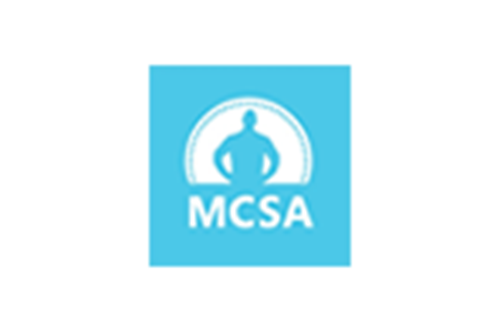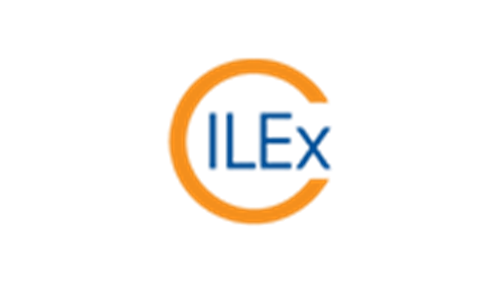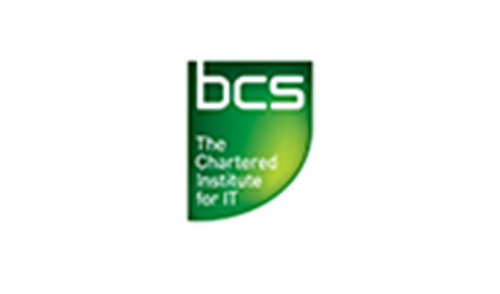Typically, this preferred stock will trade around its par value, behaving more similarly to a bond. Investors who are looking to generate income may choose to invest in this security. The most common sector that issues preferred stock is the financial sector, where preferred stock may be issued as a means to raise capital. In terms of similarities, both securities are often issued at face value or par value.
Bond proceeds are considered to be a liability, while preferred stock proceeds are counted as an asset. While CPS pays a lower dividend rate than common stock, it offers priority in dividend payments and liquidation preference, and potential for capital appreciation. Cumulative Preferred Stock is a type of security that offers a fixed dividend rate, priority in dividend payments and liquidation preference, and potential for capital appreciation. Preferreds are issued with a fixed par value and pay dividends based on a percentage of that par, usually at a fixed rate. Just like bonds, which also make fixed payments, the market value of preferred shares is sensitive to changes in interest rates. However, the relative move of preferred yields is usually less dramatic than that of bonds.
Cumulative Preferred Stock: Definition, How It Works, and Example
Ask a question about your financial situation providing as much detail as possible. Our team of reviewers are established professionals with decades of experience in areas of personal finance and hold many advanced degrees and certifications. Pete Rathburn is a copy editor and fact-checker with expertise in economics and personal finance and over twenty years of experience in the classroom.
- Preferred stock combines features of debt, in that it pays fixed dividends, and equity, in that it has the potential to appreciate in price.
- SmartAsset Advisors, LLC (“SmartAsset”), a wholly owned subsidiary of Financial Insight Technology, is registered with the U.S.
- Investors interested in generating cash flow from their equity holdings may be better suited holding preferred equity or preferred stock.
- Bond proceeds are considered to be a liability, while preferred stock proceeds are counted as an asset.
These standard preferred shares are sometimes referred to as non-cumulative preferred stock. Investing in dividend stocks is something you might consider if you're interested in creating passive income. There are different ways that dividends can be paid out, depending on which type of stock you own. Cumulative preferred stock distributes accumulated dividends on a preset schedule, before any dividend payouts to common stock shareholders. If you own cumulative preferred stock, it's important to understand when you can expect to receive dividend payments.
If you decided to trade in a share of preferred stock, you'd get 5.5 shares of common stock. YTC also is important to calculate when a stock is approaching its call date, even if it’s not significantly over par, as it still may be a very likely call. Callable CPS is typically issued with a higher dividend rate than non-callable CPS. Convertible CPS is typically issued with a lower dividend rate than non-convertible CPS. Preferred stock is often compared to as bonds because both may offer recurring cash distributions. However, as there are many differences between stocks and bonds, there are differences with preferred equity as well.
Par value is simply the face value of a stock and usually doesn't reflect its actual value in the market. Par value is simply the face value of a stock and usually doesn’t reflect its actual value in the market. With cumulative dividends, the company might pay the dividend at a later date if it can't make dividend payments as scheduled. These dividends accumulate and are made later when the company can afford it. A company might recall and reissue a preferred stock to reduce the dividend payment to match current interest rates.
Prior Preferred Stock
However, their prices do reflect the general market factors that affect their issuers to a greater degree than the same issuer’s bonds. Because preferred shares are often compared with bonds and other debt instruments, let’s look how to file patreon income without physical 1099k at their similarities and differences. While the cumulative preferred stock has some advantages, there are a few things to keep in mind before you invest. For example, your preferred stock might have a conversion ratio of 5.5.
The board of directors might vote to convert the stock, the investor might have the option to convert, or the stock might have a specified date at which it automatically converts. Whether this is advantageous to the investor depends on the market price of the common stock. Cumulative preferred stock has the condition that any previously awarded dividends that have not yet been paid must be distributed before any common shareholder receives any dividend distribution. This is in contrast to noncumulative preferred stock which does not accumulate prior unpaid dividends. In most cases, convertible preferred stock allows a shareholder to trade their preferred stock for common stock shares.
What Are the Advantages of a Preferred Stock?
Preferred stock is a special type of stock that pays a set schedule of dividends and does not come with voting rights. Preferred stock combines aspects of both common stock and bonds in one security, including regular income and ownership in the company. Investors https://www.online-accounting.net/excel-cash-book-excel-101-how-to-set-up-cash-book/ buy preferred stock to bolster their income and also get certain tax benefits. Whereas with a bond, you know that you will get par value returned to you at maturity, no matter what interest rates do, preferred stocks are perpetual and may never be redeemed/called.
SmartAsset Advisors, LLC (“SmartAsset”), a wholly owned subsidiary of Financial Insight Technology, is registered with the U.S. You may see some very high yield numbers if you calculate YTC for a preferred selling below par, but don't let that fool you. Since the company is under no obligation to call a preferred stock, it’s unlikely that a company will call a preferred stock that is selling below par (although it does happen on rare occasions). CPS can also be structured with different features, such as callability, convertibility, or participation rights, which provide additional flexibility and benefits to both the issuer and the investor. Through an online broker or by contacting your personal broker at a full-service brokerage.
You're probably more familiar with common stock, which provides voting rights and may even pay dividends. They’re not considered debt - although they’re like debt from the point of view of the common stockholder because they’re higher in the capital structure than common stock. In other words, in a bankruptcy preferred stockholders have a higher claim to the assets of the company than do common stockholders.
CPS provides a stable income stream to investors and priority in dividend payments and liquidation preference. Consider a company is issuing a 7% preferred stock at a $1,000 par value. In turn, the investor would receive a $70 annual dividend, or $17.50 quarterly.
Common stockholders are last in line and often receive minimal or no bankruptcy proceeds. Preferred stock dividend payments are not fixed and can change or be stopped. However, these payments are often taxed at a lower rate than bond interest. In addition, bonds often have a term that mature after a certain amount of time. Prior preferred stock refers to the order in which preferred stock is ranked when considered for prioritization for creditors or dividend awards.
This means that CPS holders have limited or no say in the company’s management decisions, which may be a disadvantage to investors who are looking for more control over their investments. CPS pays a lower dividend rate than common stock, which reduces its appeal to investors who are looking for higher returns. CPS is also subject to interest rate risk, which means that the value of CPS may decline if interest rates rise.






























 WhatsApp
WhatsApp